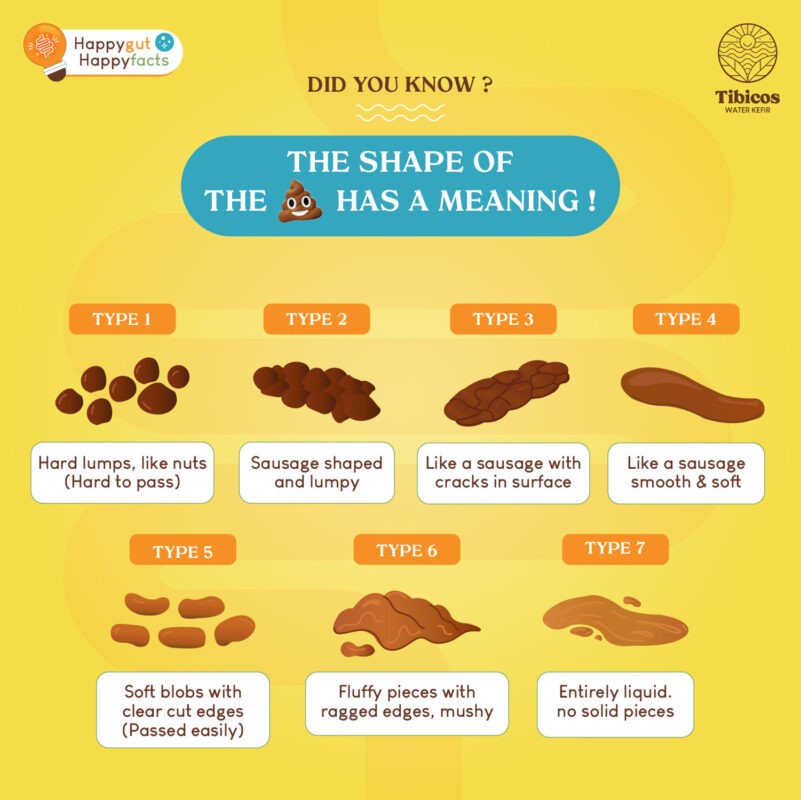Gut Health
EP 2 : Gut Health “Begin at the End”
Did you know that the shape and color of your poop can tell you a lot about your gut health? The Bristol Stool Chart, published in 1997, has been the standard stool chart assessment.
There are seven types of poop, ranging from hard and lumpy (type 1) to watery and liquid (type 7). The ideal type is 4, which is smooth and soft, like a sausage. The type of poop you have depends on how long it stays in your digestive system. Type 1 can take up to 100 hours and is often linked to constipation, while type 7 can take only 10 hours and is a sign of diarrhea.

Your poop is not just what you eat. It also contains water, gut bacteria, indigestible fiber, and waste products from your body. The color of your poo is mainly influenced by the breakdown of red blood cells in your liver and gut. The pigment that gives blood its red color changes to yellow and then to brown as it travels through your body. That’s why your poop is usually yellowish brown. However, some foods, medicines, or health conditions can change the color of your poop to different shades.
If you want to keep your gut healthy and happy, you should pay attention to your poop. If you notice any changes in the frequency, consistency, or color of your stool, it could mean that something is wrong with your digestion or your gut flora. You should consult your doctor if you have persistent or severe symptoms. You can also improve your gut health by eating a balanced diet that includes probiotics and prebiotics, which are good bacteria and their food sources. You can also use a stool chart to compare your poop with the normal ranges and identify any problems.
If you would like to read more about this area, I would recommend the book “There’s a Zoo in my POO” by Professor Felice Jacka and illustrated by Rob Craw. This is an easy-to-read book full of nice illustrations.

